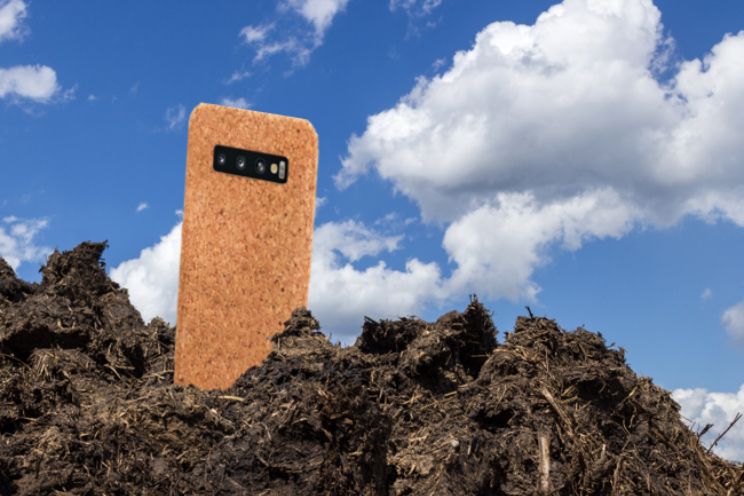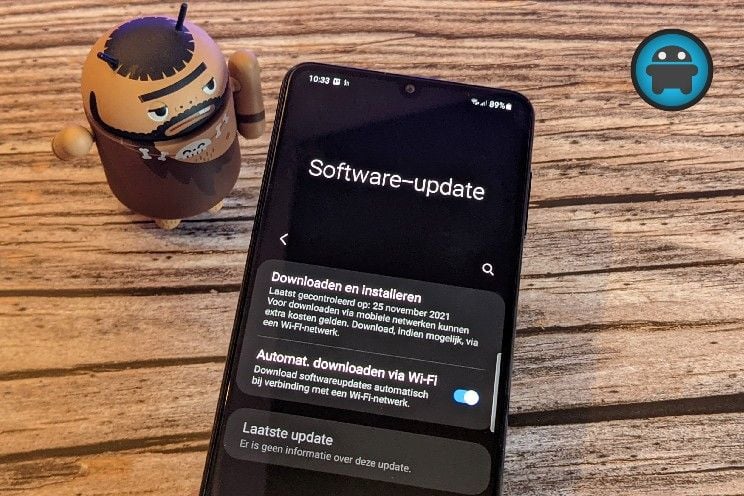Smartphone covers are a (lasting) curse or a blessing?
At a time when almost all top smartphones are made of glass and are as slippery as an eel wriggling through the sand in search of food, getting a case is almost a must. A pity, because you often see and feel nothing of the design of the smartphone anymore. In addition, cases are often made of plastic and hundreds of millions are produced each year. So not so sustainable. But: accidentally dropping your smartphone and buying a new one or having it repaired is not the case either. What can we do now?
Contents
The plastic problem
The majority of smartphone cases are made of plastic. Plastic is not biodegradable and is therefore not easy to break down by nature. The problems that come with this are that hundreds of millions of smartphone cases are produced every year and that a large part of this comes from China (via AliExpress). These covers travel a long distance and often come in packaging with a plastic coating, plastic bags and bubble wrap. All in all not very sustainable. You can read more about this in Laura’s article.
When is it sustainable?
To make a case sustainable, we have to look for raw materials that are easy to recycle, or a raw material that can be broken down by nature. In other words, a durable cover must be biodegradable. This is not plastic, but cork, bamboo and plants are, for example. And now these raw materials are also used to make covers!
There are several brands that offer durable smartphone cases. For example, there are covers made of cork, a material that is extracted from the bark of trees. This is not harmful to these trees and even ensures that they absorb five times as much CO2. Other manufacturers use, for example, compostable flax, recycled plastic or bamboo. All these materials are strong, biodegradable and/or recyclable.
What is the best scenario now?
Isn’t it best just not to take a case? We whine when a smartphone is made of plastic and complement the smartphone when it is made of glass. However, the majority of users put a case on his or her phone and therefore notice nothing at all of the material used. In addition, sometimes beautiful designs are lost with such a case.
But smartphone manufacturers, with the smooth glass backs of their devices, give us almost no choice. In short, packing an expensive smartphone in a case is a shame, but a broken smartphone is even worse. In addition, the longer we use a smartphone, the more sustainable it is in principle. The ‘outside’ of the smartphone plays an important role here, although of course the inside also plays a role.
What is the best scenario in terms of sustainability? On the one hand, you can provide a sustainable smartphone case made of, for example, cork or other vegetable raw materials. On the other hand, you can choose not to take a case, and make sure (and hope a bit) that you maintain it well.
But perhaps the best thing would be if smartphone manufacturers move away from the glass back and switch to, say, recycled plastic?
Do you use a (durable) smartphone case and do you do this ‘of your own free will’ or more because you have to? We’re curious, so let us know in the comments below this article.
Do you have tips or ideas for the theme week on Androidworld?
This week Androidworld is all about the theme week Phones and Sustainability. Do you have a question about the topic we discuss during this theme week or do you have ideas or tips? Let us know in the comments below this article (also check our Android app). You can also email us at this email address or leave a message on Facebook, Instagram and Twitter. You can also ask us questions via this Telegram group. Would you rather send one of the editors a tip? Then you can too!



